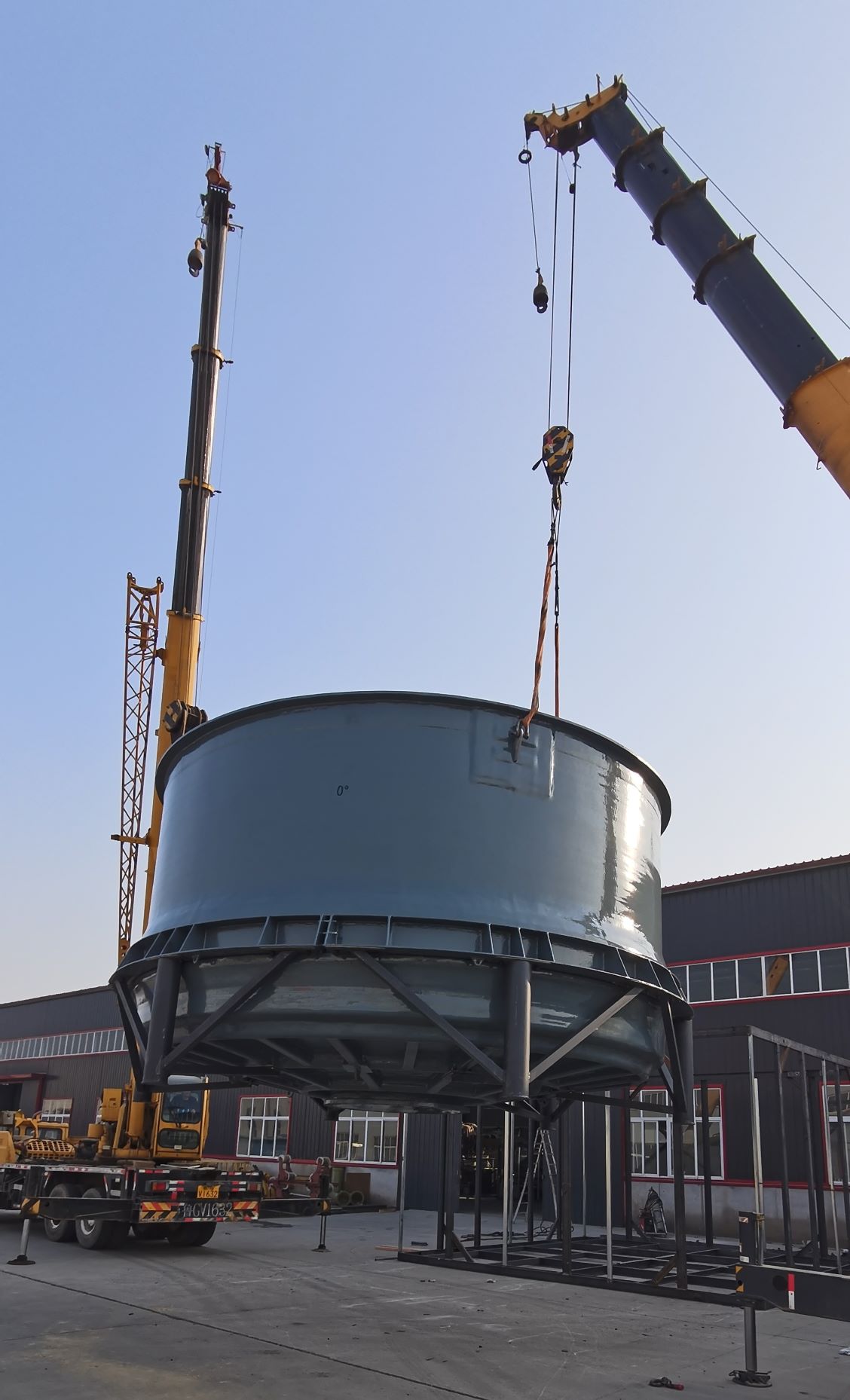
-
 Afrikaans
Afrikaans -
 Albanian
Albanian -
 Amharic
Amharic -
 Arabic
Arabic -
 Armenian
Armenian -
 Azerbaijani
Azerbaijani -
 Basque
Basque -
 Belarusian
Belarusian -
 Bengali
Bengali -
 Bosnian
Bosnian -
 Bulgarian
Bulgarian -
 Catalan
Catalan -
 Cebuano
Cebuano -
 China
China -
 China (Taiwan)
China (Taiwan) -
 Corsican
Corsican -
 Croatian
Croatian -
 Czech
Czech -
 Danish
Danish -
 Dutch
Dutch -
 English
English -
 Esperanto
Esperanto -
 Estonian
Estonian -
 Finnish
Finnish -
 French
French -
 Frisian
Frisian -
 Galician
Galician -
 Georgian
Georgian -
 German
German -
 Greek
Greek -
 Gujarati
Gujarati -
 Haitian Creole
Haitian Creole -
 hausa
hausa -
 hawaiian
hawaiian -
 Hebrew
Hebrew -
 Hindi
Hindi -
 Miao
Miao -
 Hungarian
Hungarian -
 Icelandic
Icelandic -
 igbo
igbo -
 Indonesian
Indonesian -
 irish
irish -
 Italian
Italian -
 Japanese
Japanese -
 Javanese
Javanese -
 Kannada
Kannada -
 kazakh
kazakh -
 Khmer
Khmer -
 Rwandese
Rwandese -
 Korean
Korean -
 Kurdish
Kurdish -
 Kyrgyz
Kyrgyz -
 Lao
Lao -
 Latin
Latin -
 Latvian
Latvian -
 Lithuanian
Lithuanian -
 Luxembourgish
Luxembourgish -
 Macedonian
Macedonian -
 Malgashi
Malgashi -
 Malay
Malay -
 Malayalam
Malayalam -
 Maltese
Maltese -
 Maori
Maori -
 Marathi
Marathi -
 Mongolian
Mongolian -
 Myanmar
Myanmar -
 Nepali
Nepali -
 Norwegian
Norwegian -
 Norwegian
Norwegian -
 Occitan
Occitan -
 Pashto
Pashto -
 Persian
Persian -
 Polish
Polish -
 Portuguese
Portuguese -
 Punjabi
Punjabi -
 Romanian
Romanian -
 Russian
Russian -
 Samoan
Samoan -
 Scottish Gaelic
Scottish Gaelic -
 Serbian
Serbian -
 Sesotho
Sesotho -
 Shona
Shona -
 Sindhi
Sindhi -
 Sinhala
Sinhala -
 Slovak
Slovak -
 Slovenian
Slovenian -
 Somali
Somali -
 Spanish
Spanish -
 Sundanese
Sundanese -
 Swahili
Swahili -
 Swedish
Swedish -
 Tagalog
Tagalog -
 Tajik
Tajik -
 Tamil
Tamil -
 Tatar
Tatar -
 Telugu
Telugu -
 Thai
Thai -
 Turkish
Turkish -
 Turkmen
Turkmen -
 Ukrainian
Ukrainian -
 Urdu
Urdu -
 Uighur
Uighur -
 Uzbek
Uzbek -
 Vietnamese
Vietnamese -
 Welsh
Welsh -
 Bantu
Bantu -
 Yiddish
Yiddish -
 Yoruba
Yoruba -
 Zulu
Zulu
Advanced Techniques in FRP Winding Machines for Composite Manufacturing Efficiency
The Importance of FRP Winding Machines in Modern Manufacturing
In today's fast-paced industrial environment, the demand for innovative and specialized machinery has never been greater. One such innovation that has garnered attention is the Fiber Reinforced Polymer (FRP) winding machine. These machines play a crucial role in manufacturing components that require high strength, lightweight properties, and resistance to corrosion, making them essential in various industries, including aerospace, automotive, and renewable energy.
Understanding FRP and Its Applications
Fiber Reinforced Polymers are composite materials made of a polymer matrix reinforced with fibers, such as glass, carbon, or aramid. These materials offer remarkable mechanical properties and are particularly valued for their high strength-to-weight ratio. They are also resistant to a variety of environmental conditions, making them suitable for a wide range of applications. For example, in the aerospace industry, FRP composites are used extensively in aircraft, improving fuel efficiency while maintaining performance. In the automotive sector, manufacturers utilize FRP in the production of lightweight vehicle components to enhance performance and reduce emissions.
The Functionality of FRP Winding Machines
FRP winding machines are specialized equipment designed to produce cylindrical or conical components made from FRP materials. The winding process involves wrapping continuous fiber strands impregnated with resin around a mandrel to create a composite structure. This method is particularly beneficial for producing items such as pressure vessels, pipelines, and storage tanks.
The technology behind these machines allows for precise control over the orientation and tension of the fiber, which is critical in achieving the desired mechanical properties in the final product. Modern FRP winding machines can be equipped with automated systems that ensure consistency and efficiency in production. This automation not only reduces labor costs but also minimizes the margin for error, resulting in higher quality outputs.
Advantages of FRP Winding Machines
1. Efficiency and Speed Automated winding machines significantly increase production speeds compared to manual methods. This is crucial for industries that need to meet high demand levels without compromising quality.
frp winding machine

2. Customizability FRP winding machines can easily be adjusted to produce components of varying sizes and specifications. This flexibility is essential for manufacturers who must cater to diverse customer requirements.
3. Material Utilization These machines can maximize the use of raw materials, reducing waste and making the production process more cost-effective. Improved material efficiency directly contributes to the sustainability goals of many companies.
4. Enhanced Performance By enabling precise control over fiber placement, FRP winding machines contribute to the production of components that perform better under mechanical stress. This is particularly important in applications where safety and reliability are paramount, such as in aerospace and automotive sectors.
Challenges and Future Trends
Despite their advantages, the adoption of FRP winding machines is not without challenges. The initial investment for such machinery can be significant, which may deter smaller manufacturers. Additionally, the continuous evolution of technology demands that companies stay updated with the latest advancements to remain competitive.
Looking forward, the future of FRP winding machines appears promising. With ongoing advancements in composite materials and manufacturing technologies, we can anticipate even greater efficiencies and capabilities. The integration of artificial intelligence and machine learning into winding processes could further enhance precision and optimize production lines.
Conclusion
In summary, FRP winding machines represent a vital advancement in modern manufacturing, offering numerous benefits across various industries. Their ability to produce lightweight, strong, and corrosion-resistant components aligns well with the growing demand for efficient and sustainable manufacturing practices. As technology continues to evolve, so too will the capabilities of these machines, paving the way for innovations that will shape the future of manufacturing. Embracing these technologies will not only enhance production but also empower industries to meet the challenges of tomorrow with confidence.









